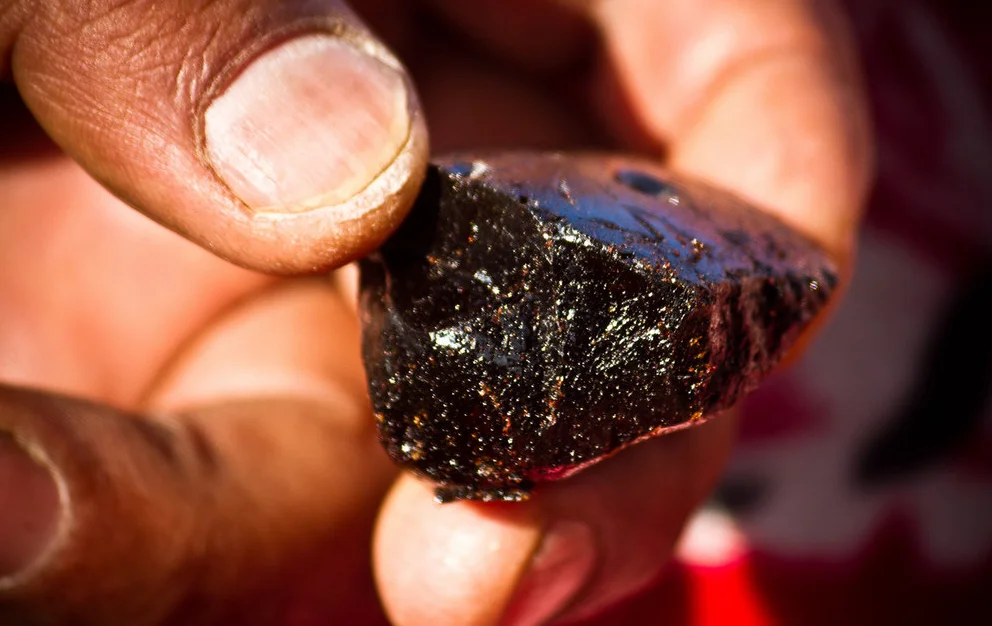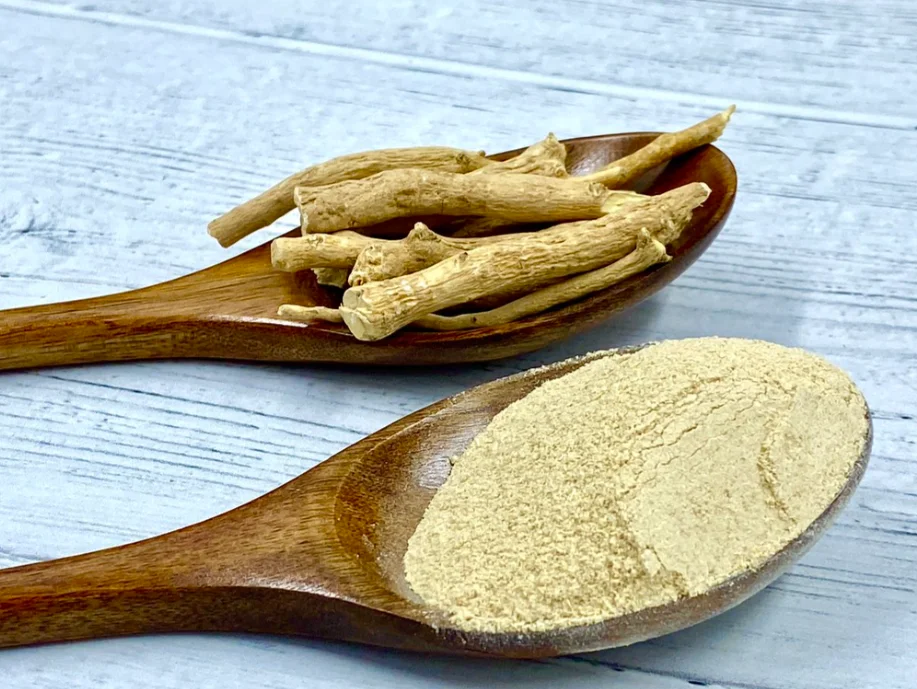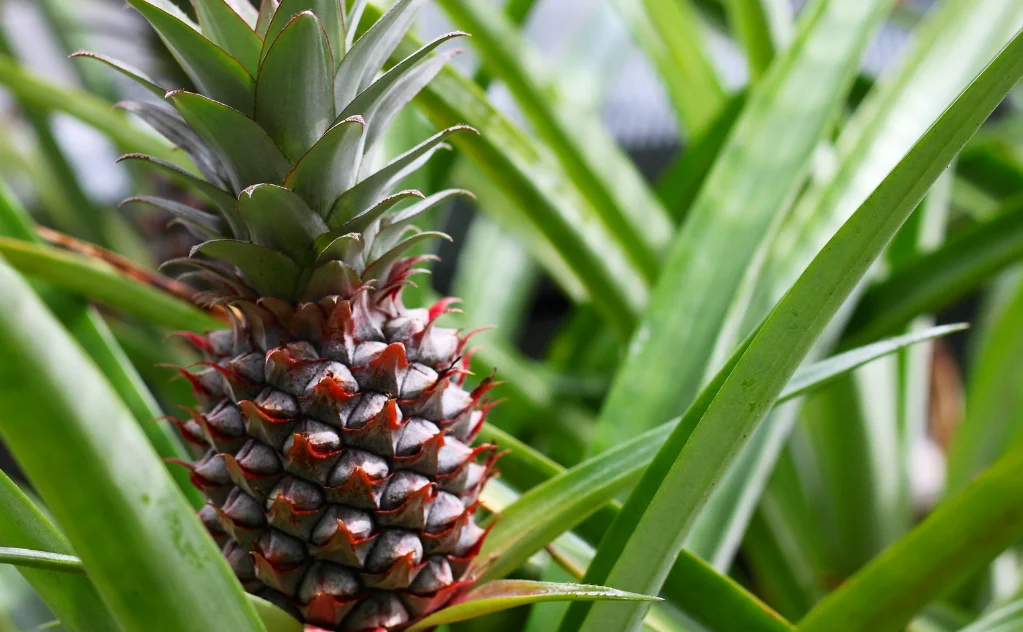
Nestled within the rugged landscapes of high-altitude mountain ranges lies a mysterious substance revered for centuries across ancient cultures. Shilajit, an enigmatic resinous material, emerges as a testament to nature’s alchemy and is believed to carry within its dark, tar-like form an array of potential health benefits. This comprehensive exploration delves into the essence of Shilajit, unraveling its origins, diverse health advantages, traditional applications, safety considerations, recommended dosages, and more.
What is Shilajit?
A Sanskrit term translating to “conqueror of mountains” or “destroyer of weakness,” is a blackish-brown, tar-like substance found predominantly in the Himalayas, Altai, Caucasus, and other mountain ranges worldwide. It oozes from cracks in rocks, shaped by the decomposition of plant matter and microbial activity over centuries. Rich in minerals, fulvic acid, and organic compounds, Shilajit is celebrated for its alleged medicinal properties.
Where does it came from?
The genesis of Shilajit lies in the slow decomposition of plant material by microorganisms, which transforms over centuries into a potent resin. Found in high-altitude regions where the decomposition process occurs due to extreme temperatures and pressure, this substance oozes out of rocks, ready to be harvested and processed for its potential health benefits.
What are the health benefits of Shilajit?
Shilajit’s rich composition of minerals, fulvic acid, and organic compounds has spurred claims of diverse health benefits.
Boosting Energy and Stamina
One of its most lauded properties is its potential to boost energy levels and enhance stamina. It’s believed to work at a cellular level, aiding in the production of adenosine triphosphate (ATP), the energy currency of cells. This purported mechanism could explain its reported capacity to alleviate fatigue and enhance physical performance.
Cognitive Function Enhancement
It is often linked with cognitive function. Its antioxidant properties may help combat oxidative stress in the brain, potentially supporting memory, focus, and overall mental acuity. Some proponents suggest that these antioxidant effects could also play a role in anti-aging processes, though scientific evidence supporting these claims remains limited.
Anti-Inflammatory Potential
Moreover, Shilajit’s purported anti-inflammatory properties have sparked interest in its potential role in managing inflammatory conditions. While studies are ongoing, anecdotal evidence suggests its use in alleviating joint pain and inflammation associated with conditions like arthritis.
Reproductive Health and Aphrodisiac Properties
In the realm of reproductive health, Shilajit has historically been revered as an aphrodisiac and fertility enhancer. Some traditional practices advocate its use in addressing male reproductive issues and supporting overall sexual health. However, comprehensive scientific evidence validating these claims is still in its infancy.
Blood Sugar Management
Furthermore, preliminary research suggests that Shilajit may have a role in managing blood sugar levels. Some studies indicate potential benefits in diabetes management, attributing these effects to its ability to improve insulin sensitivity and regulate blood glucose levels. However, more rigorous clinical trials are needed to confirm and elucidate these findings.
It’s important to note that while these potential benefits are intriguing and aligned with historical usage, rigorous scientific studies validating these claims in varied populations and circumstances are essential. As with any natural supplement, individual responses can vary, and caution should be exercised, especially if incorporating Shilajit alongside other medications or treatments.
How is Shilajit traditionally used?
In traditional practices like Ayurveda, Shilajit is often incorporated into various formulations or taken as a supplement. It may be consumed alone or combined with other herbs to enhance its effects. Traditionally, it’s believed to be effective in promoting vitality, strengthening the body, and supporting overall health and well-being.
Is Shilajit safe for consumption?
While it has a long history of use in traditional medicine, its safety profile remains a subject of scrutiny. Generally regarded as safe when consumed in appropriate doses, concerns may arise regarding purity, authenticity, and potential contaminants. Caution is advised, especially when sourcing Shilajit from unreliable or unverified sources.
What is the recommended dosage of Shilajit?
Dosage recommendations for Shilajit vary based on its form and concentration. Typically, it’s suggested to start with small doses and gradually increase as per individual tolerance and response. Consulting with a healthcare professional or an Ayurvedic practitioner for personalized guidance is advisable.
Conclusion
With its ancient origins and claimed health benefits, continues to captivate the interest of those seeking natural remedies. While its historical use and anecdotal evidence hint at its potential, further scientific research is essential to validate and understand its efficacy and safety comprehensively. As with any supplement or natural remedy, exercising caution, sourcing from reputable suppliers, and seeking professional advice is key when considering the incorporation of Shilajit into one’s health regimen.



